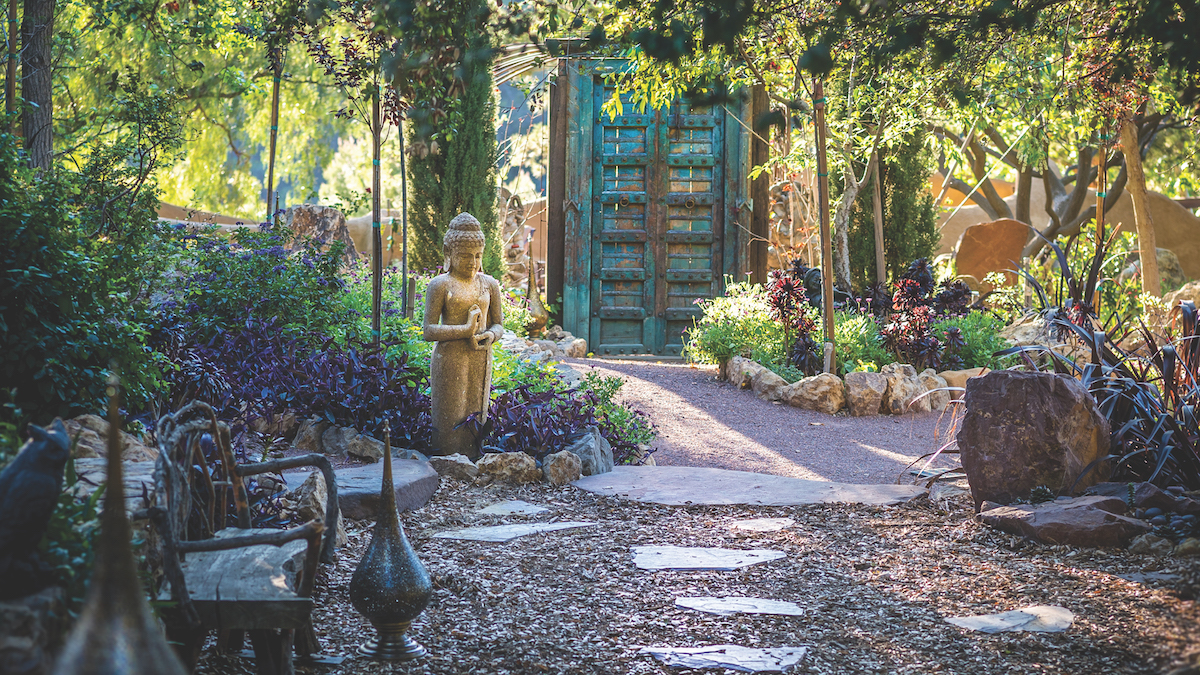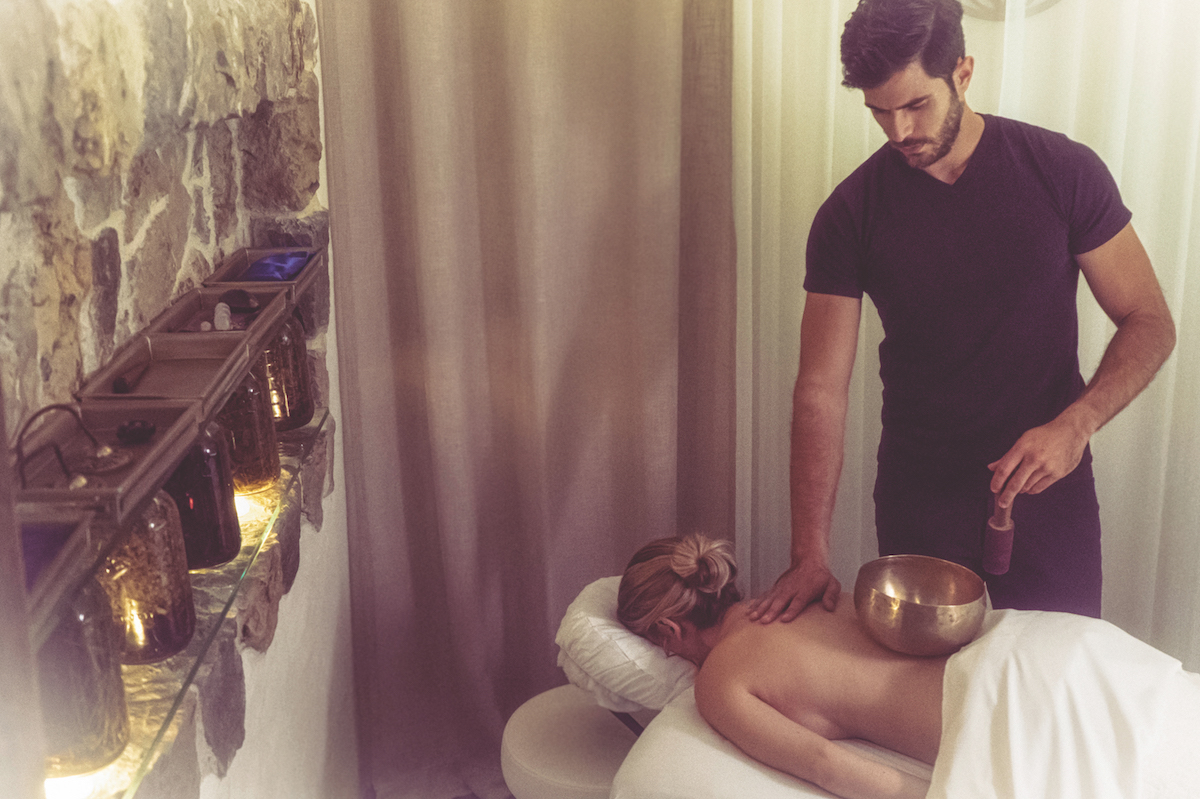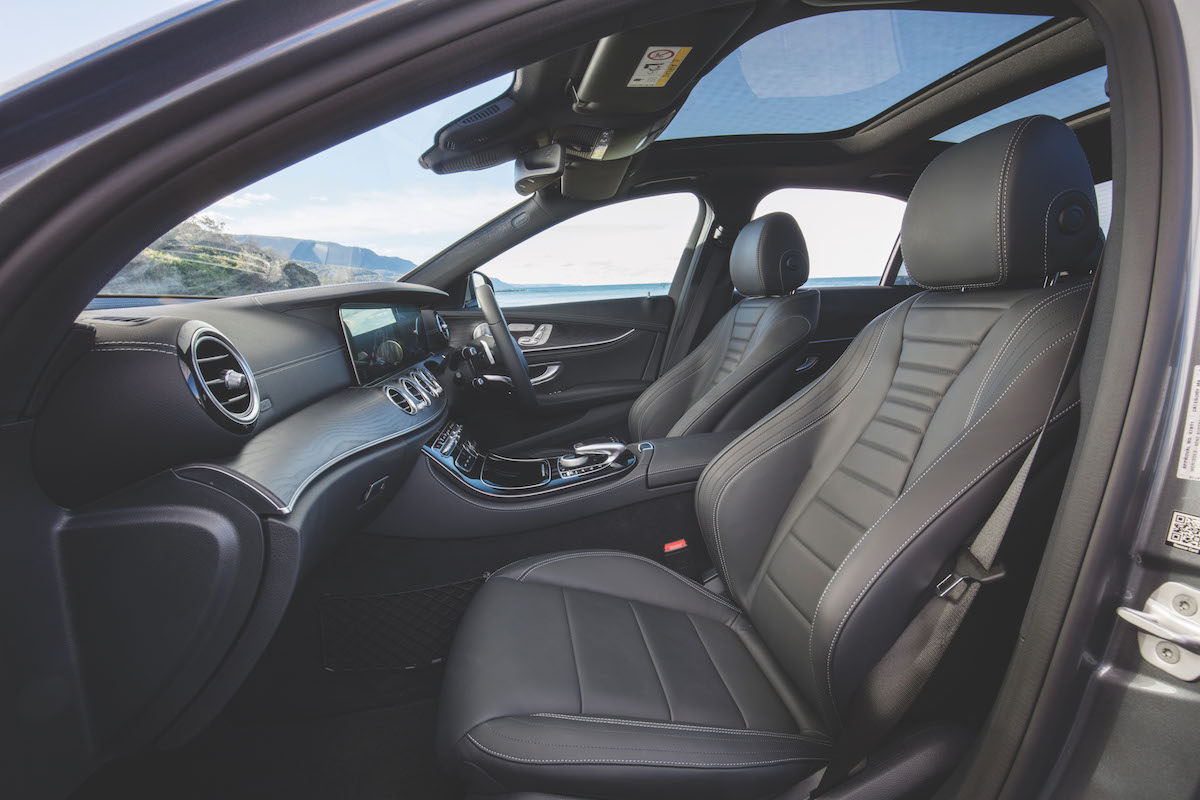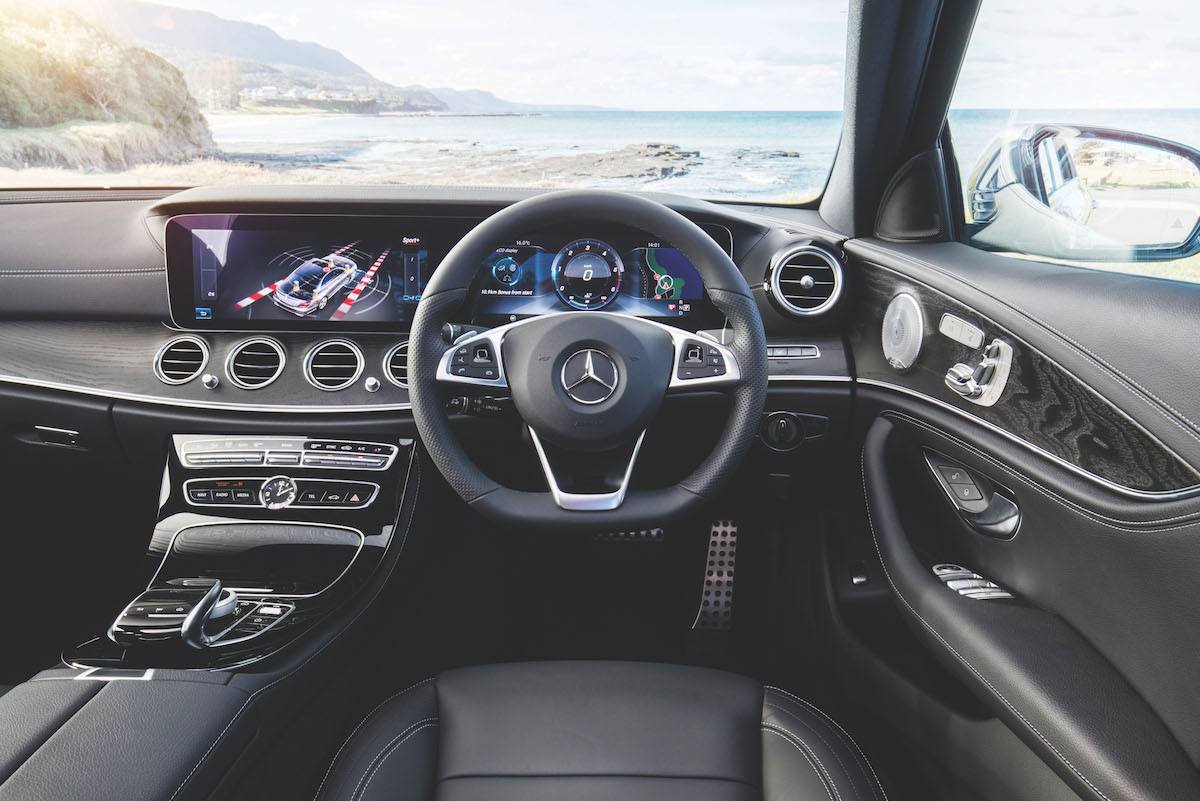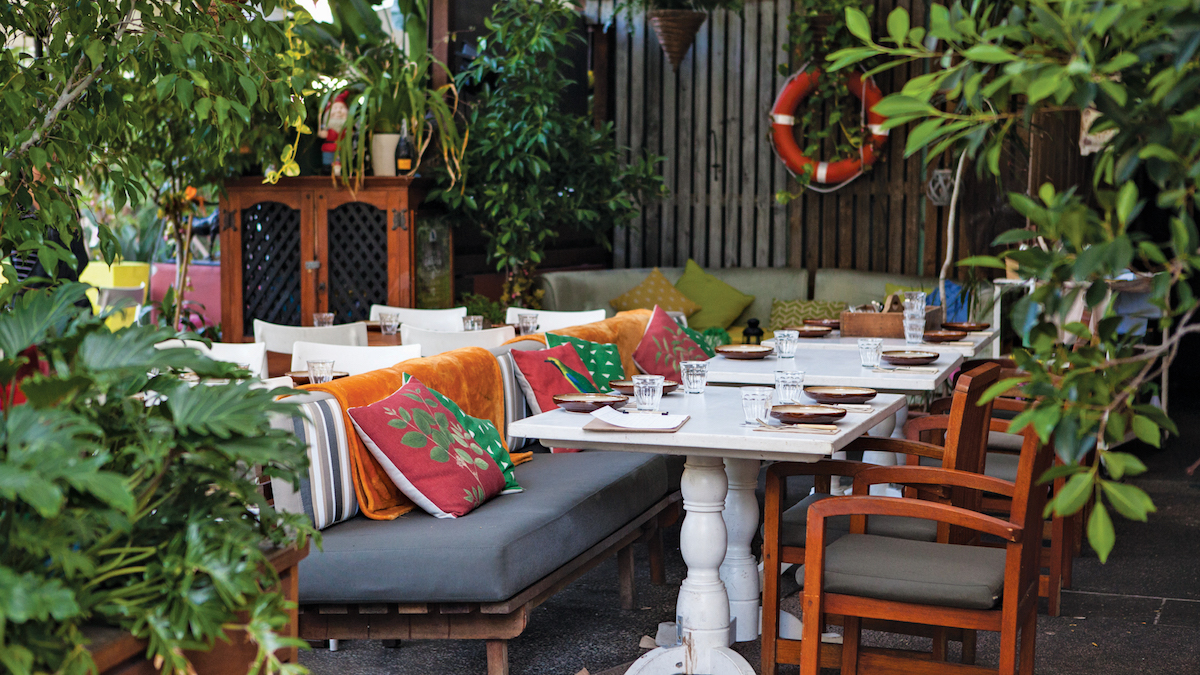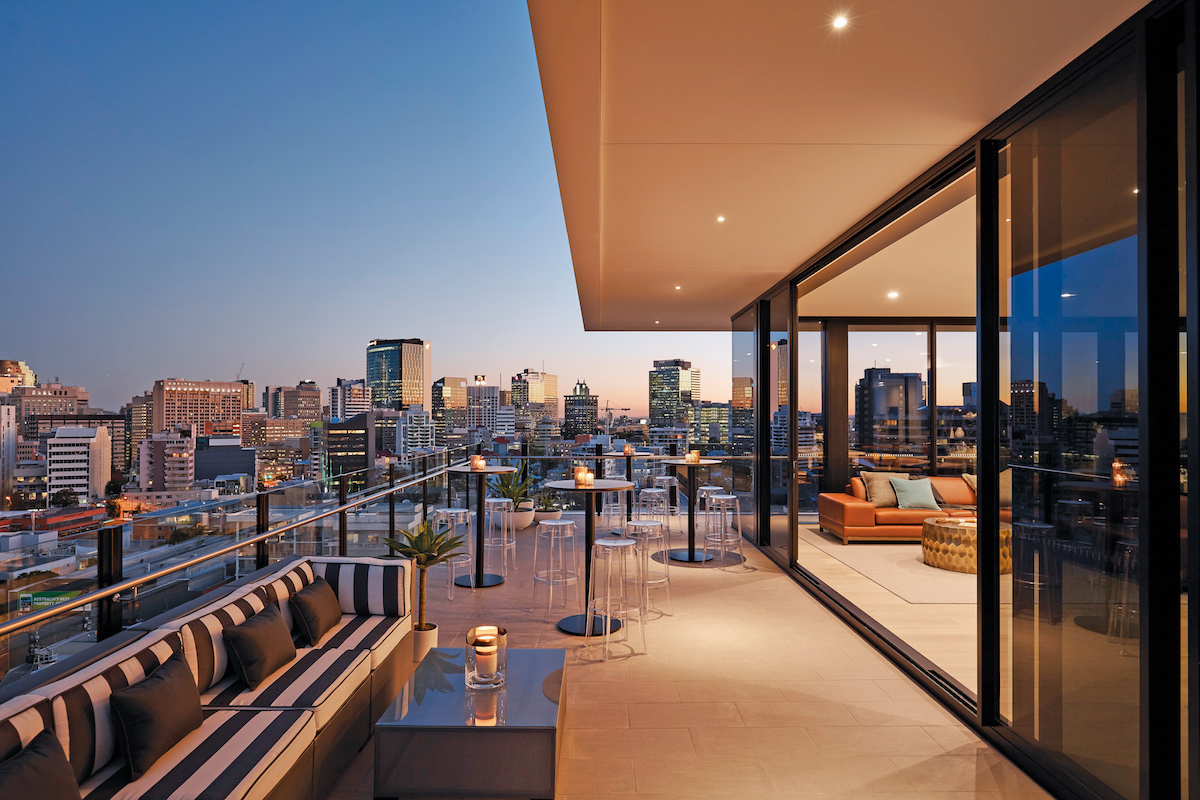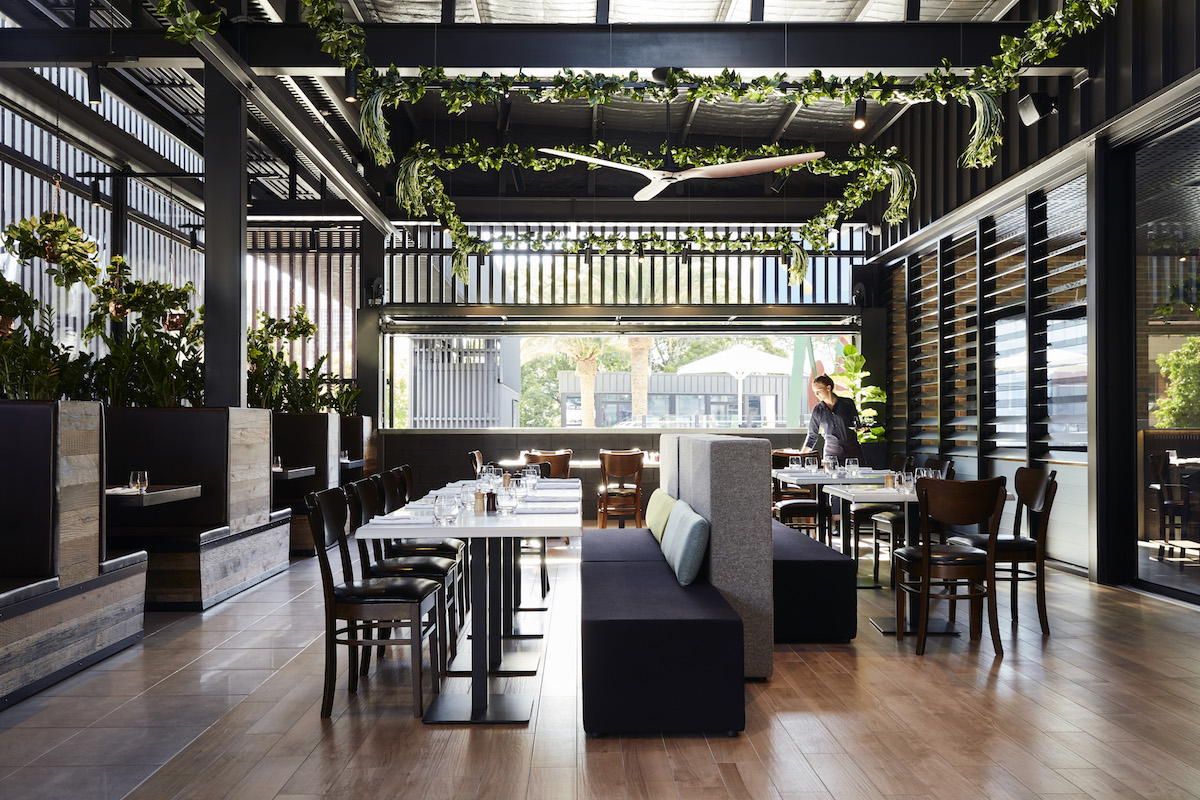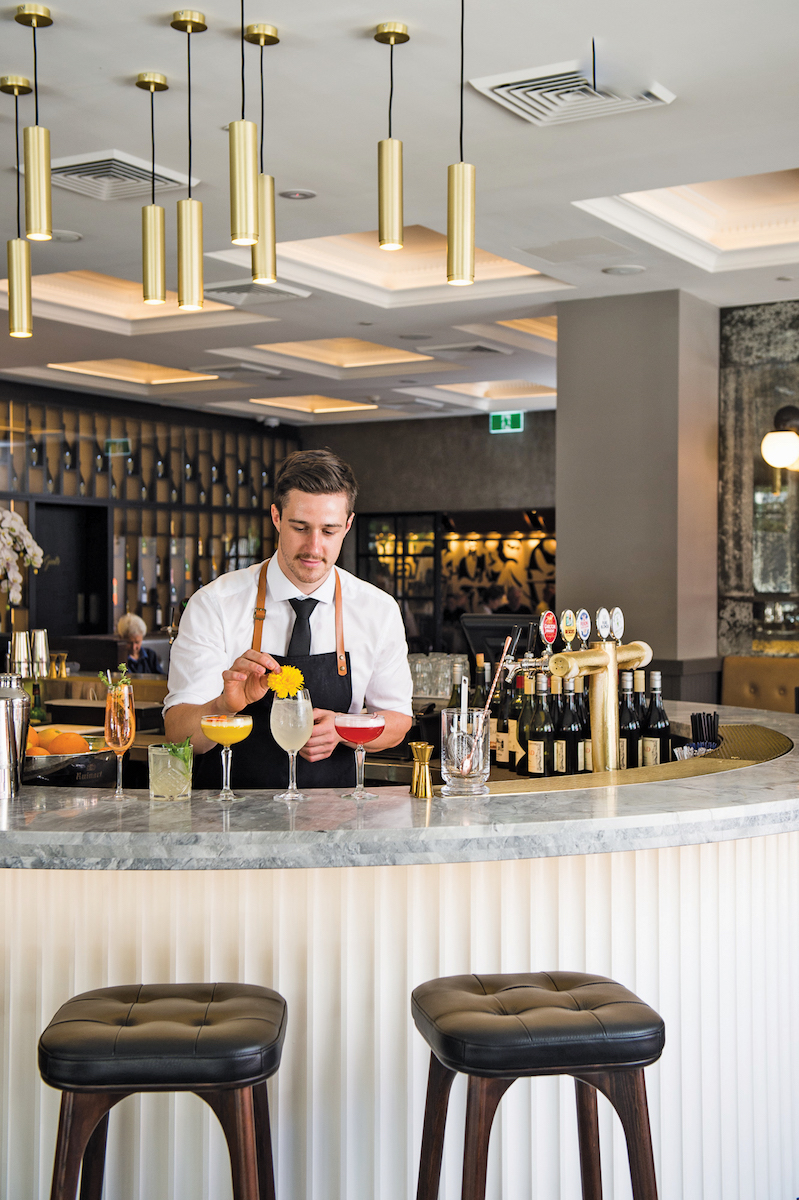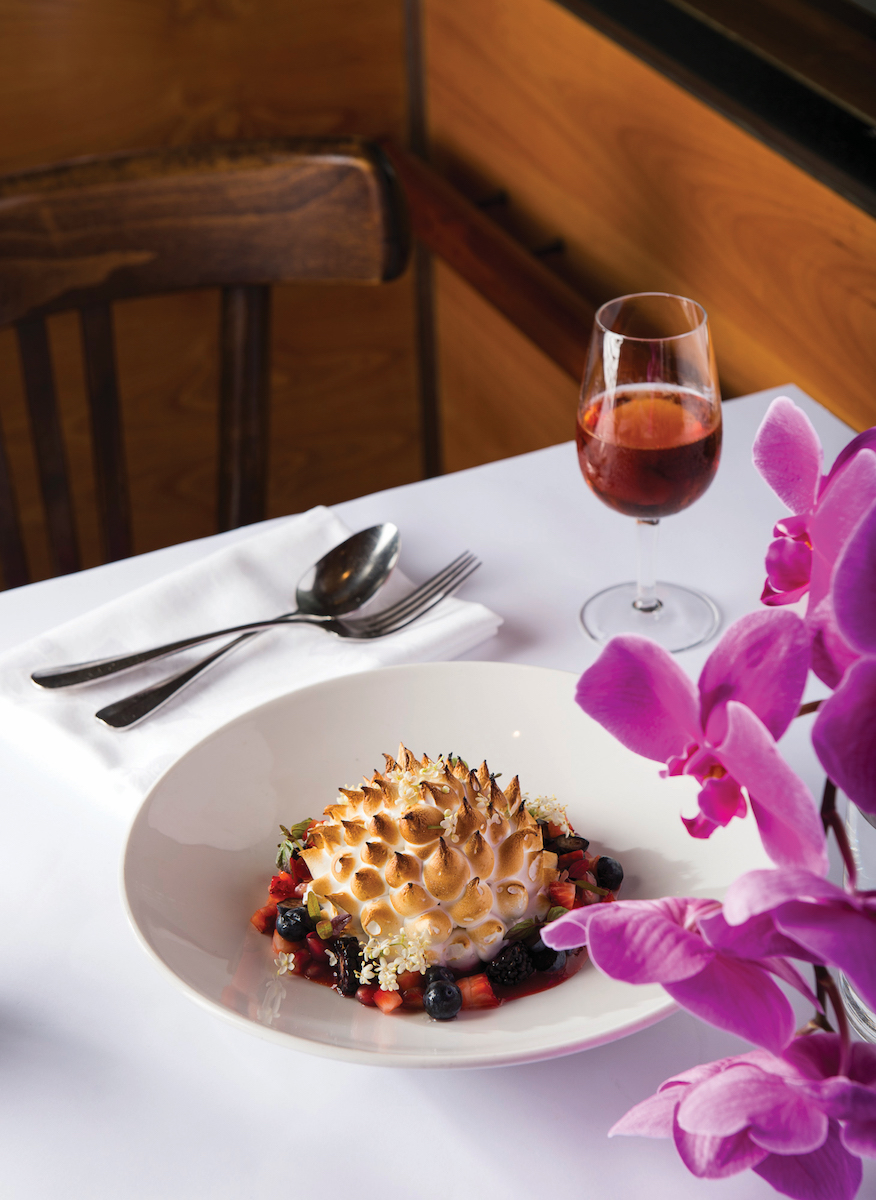After angel investors or a round of friends-and-family funding, most (if not all) fast-growing early-stage companies choose venture capital (VC) to fund their growth. Born in the 60s and 70s, venture capital focused on breakthrough technologies. Booms and busts ensued – the most notable being the Dot-Com bust of March 2000 – but to date, VC has been the only way for some businesses to acquire the large amounts of capital and expertise needed to grow.
Headlines would suggest that as a concept VC has been successful, with companies announcing larger and larger rounds of funding, and an increase in Unicorn-scale valuations. However, like the unicorns of myth, these stories are somewhat fantastical – they simply don’t apply to the majority of revenue-generating, fundable early-stage businesses.
The news value of a start-up getting funded is limited because at that point the work has only just begun, for both the company and the fund. A more meaningful announcement is when the start-up is acquired, or goes public after 4 or 5 years and generates a return for the fund. So like all news these days, such stories need to be taken with a grain of salt. They are more like PR exercises for both the fund and the start-up.
And while VC may look like beer and skittles, the data paints a very different picture. The VC industry regularly reports that of all companies back by venture capital, 30 — 40% fail, 30 — 40% return the original capital and 10 – 20% produce outsized returns. Research in the field is hard to find, but the most recent and most rigorous comes from Shikhar Ghosh, a senior lecturer at Harvard Business School.
In 2012, Ghosh studied 2,000 VC-backed companies that raised at least USD $1 million between 2004 and 2010. According to his research, a full 75% of venture-backed companies fail to return investors’ capital. If failure is defined as missing a revenue or cashflow target, the failure rate jumps to 95%.
The discrepancy between the 30 – 40% failure rate reported by the industry and the research’s 75%, says Ghosh, comes from to the industry’s wish to “bury their dead quietly”. Failure is bad for business, because VCs need to be continually raising new funds to invest in the next generation of early-stage companies. It’s not that the existing investment model isn’t still producing stunning examples of achievement, it’s that these are so few, and the failures so many.
It is hard to see the current VC model surviving, given this failure rate. An early sign of its demise is the establishment of Peter Thiel’s Founders Fund, which focuses on longer time frames and redefines what it measures as a success. Another is a company that may well become a world-changer: Tesla. When it launched in 2003, Tesla was unfundable in the traditional VC sense, a solid 10 years away from launching a standalone vehicle (the Model S). Initially, the founder – the well-heeled Elon Musk – backed it with his own wealth; only when progress was made and the company was “de-risked” did the outside money come in.
The problem is that humans are hardwired to mitigate risk, and one way to do that is to limit how far into the future they consider success should come. The horizon is usually limited, with exit often contemplated even before entry. As a result, a great deal of time and energy is spent managing risk and producing short-term returns. This can prevent management and investors from focusing on larger goals that could produce much greater long-term rewards. Yet history has shown us that the truly great companies, the ones that stand the test of time, require a substantial period to establish themselves. The natural world is a good guide; nothing in nature grows at the rate we expect VC-backed companies to grow except, perhaps, cancer.
But if VC is finished and the conventional model broken, what ought to replace them? What would a new investment model look like? The investment model outlined here supports the pursuit of ambitious, long-term goals by creative companies.
| Assumptions of traditional model | Insights for a new model |
| A high percentage of businesses will fail | Traditional investment model dooms many businesses that could succeed |
| Emphasis tends to be on mitigating risk | Number-one priority is maximising chances for success |
| Capital is often inadequate for long-term goals | Provides sufficient capital to succeed |
| Investor tends to be focused on exit from the beginning | End is not pre-determined |
| Timeframe for exit is traditionally 5 to 7 years | Timeframe is open-ended |
| Investor is too often viewed as being “outside” money | Investor is a partner in the business |
| Goal is expressed in numbers | Goal is transformative. Good numbers are an inevitable result |
| Results of traditional model | Results of new model |
| Primary interest is the return of invested capital in a relatively few years | Investor’s and company’s interests, goals and values are aligned |
| Too often, energy must be spent on managing towards short-term results | Energy is spent primarily on achieving long-term goals |
| Path to significant return requires exit | Investor enjoys multiple potential paths to return |
| Creativity and innovation are constrained by focus on the short-term and on minimising risk | Opportunities for creativity and innovation are maximised |
| Definition of success is limited | Definition of success is expansive |
To work, this new model would require:
- Sufficient capital to succeed - To achieve major, transformative success, a business needs sufficient (but not unlimited) capital. This will allow the company to focus its energies on implementing its long-term plan.
- Capital that is an equal partner - There is immense power in capital that comes from a true partner, completely aligned with the business in its underlying values and its understanding of what defines success.
- A long-term view - Transformative success takes time.
- A redefinition of success - Traditionally, success is defined as sufficient growth over 5 to 7 years to enable investors to exit and management to cash in. All too often, this doesn’t provide fertile ground for the seeds of true transformation. This alternative investment model allows a much more ambitious definition of success.








































